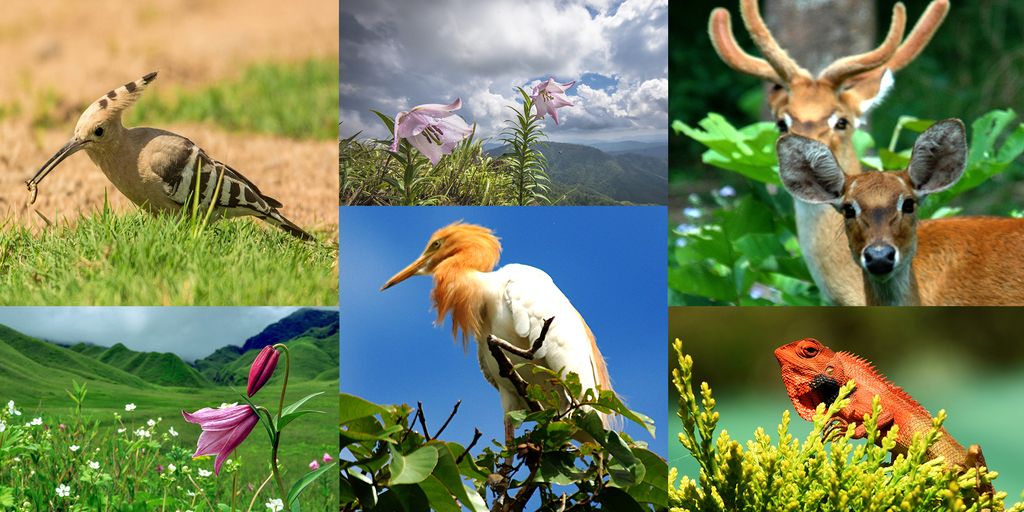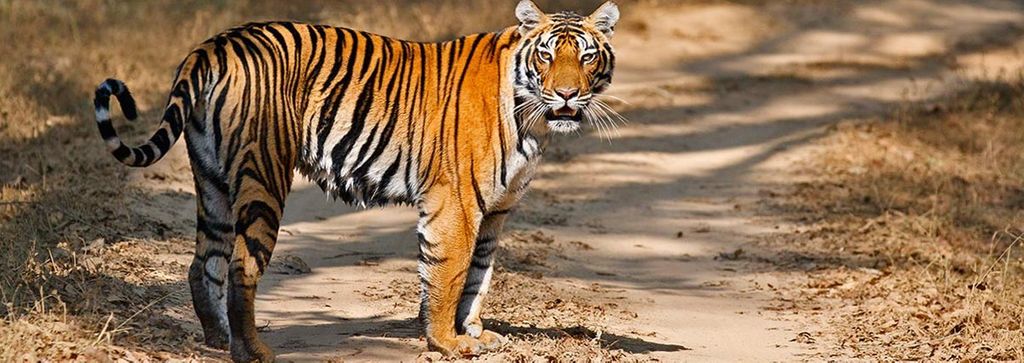Fauna is all of the animal life present in a particular region or time. The corresponding term for plants is flora. Flora, fauna and other forms of life such as fungi are collectively referred to as biota. Zoologists and paleontologists use fauna to refer to a typical collection of animals found in a specific time or place, e.g. the "Sonoran Desert fauna" or the "Burgess Shale fauna". Paleontologists sometimes refer to a sequence of faunal stages, which is a series of rocks all containing similar fossils. The study of animals of a particular region is called faunistic.

Cryofauna is the animals that live in, or very close to, cold areas.
Infauna is benthic organisms that live within the bottom substratum of a water body, especially within the bottom-most oceanic sediments, rather than on its surface. Bacteria and microalgae may also live in the interstices of bottom sediments. In general, infaunal animals become progressively smaller and less abundant with increasing water depth and distance from shore, whereas bacteria show more constancy in abundance, tending toward one million cells per milliliter of interstitial seawater.
Epifauna is aquatic animals that live on the bottom substratum as opposed to within it, that is, the benthic fauna that lives on top of the sediment surface at the seafloor.
Macrofauna is benthic or soil organisms which are retained on a 0.5 mm sieve. Studies in the deep sea define macrofauna as animals retained on a 0.3 mm sieve to account for the small size of many of the taxa.
Megafauna is large animals of any particular region or time. For example, Australian megafauna.
Meiofauna is small benthic invertebrates that live in both marine and freshwater environments. The term meiofauna loosely defines a group of organisms by their size, larger than microfauna but smaller than macrofauna, rather than a taxonomic grouping. One environment for meiofauna is between grains of damp sand & these are metazoan animals that can pass unharmed through a 0.5–1 mm mesh but will be retained by a 30–45 μm mesh, but the exact dimensions will vary from researcher to researcher. Whether an organism passes through a 1 mm mesh also depends upon whether it is alive or dead at the time of sorting.
Mesofauna is macroscopic soil animals such as arthropods or nematodes. Mesofauna are extremely diverse; considering just the springtails (Collembola), as of 1998, approximately 6,500 species had been identified
Microfauna is microscopic or very small animals (usually including protozoans and very small animals such as rotifers).

